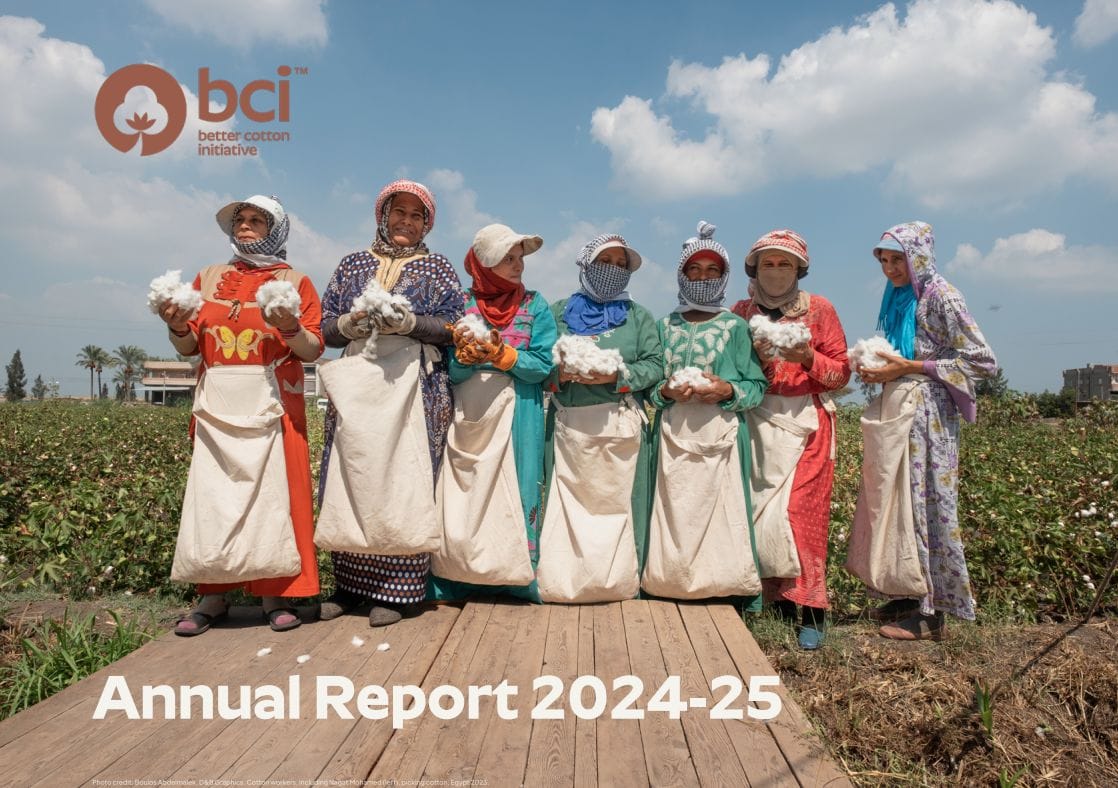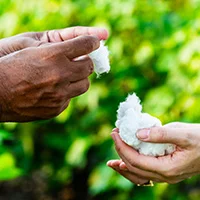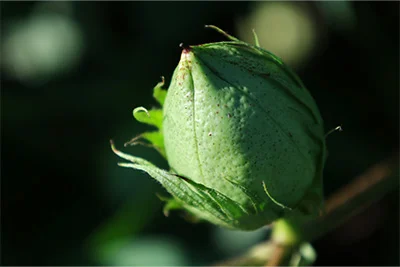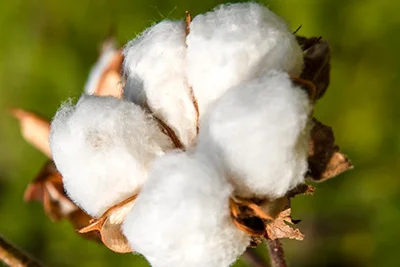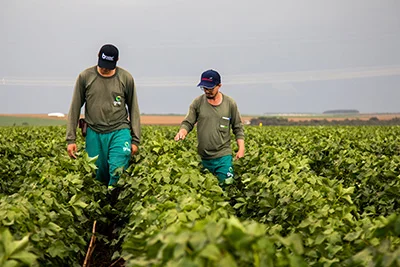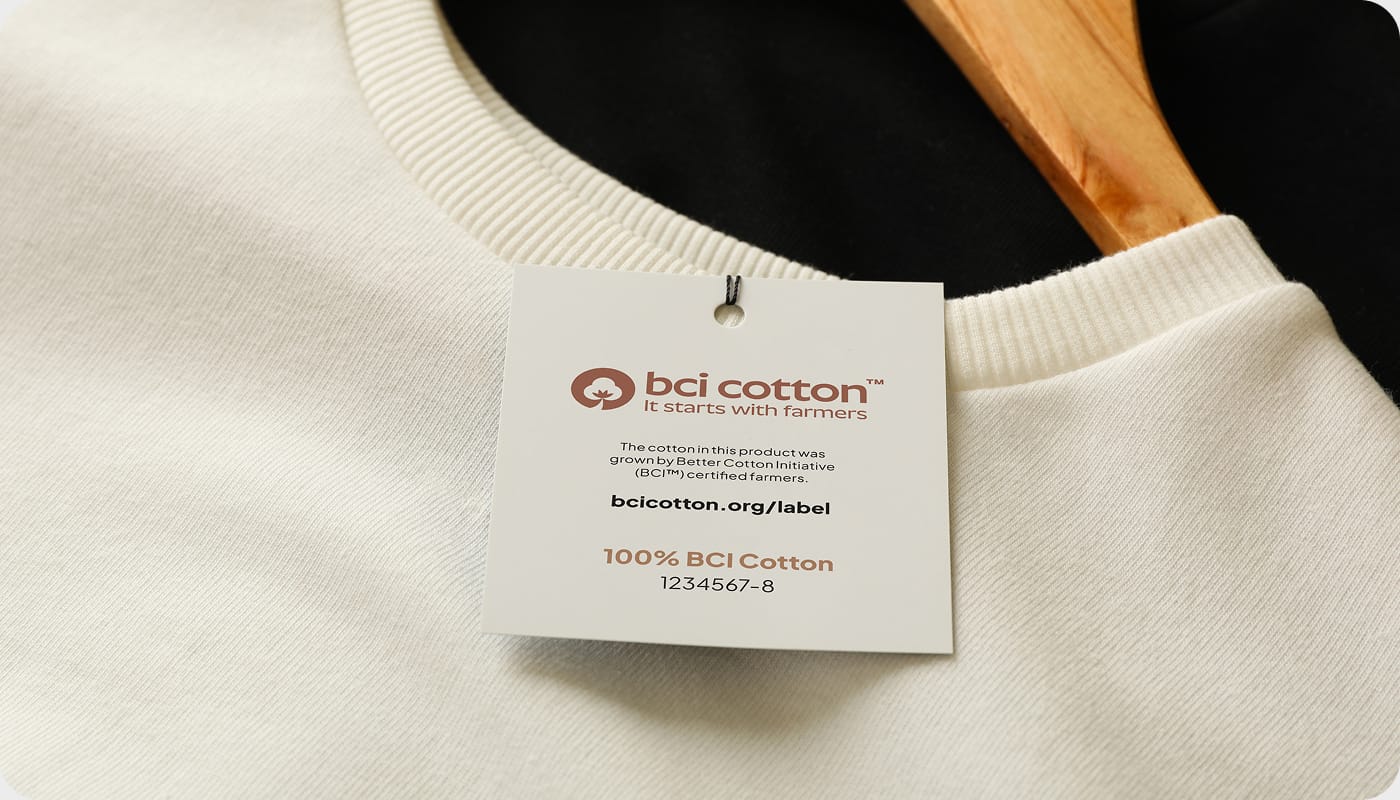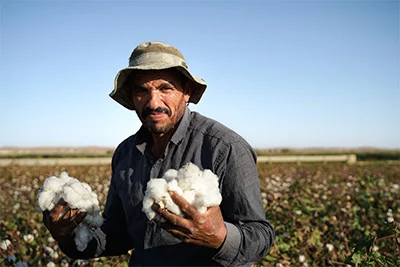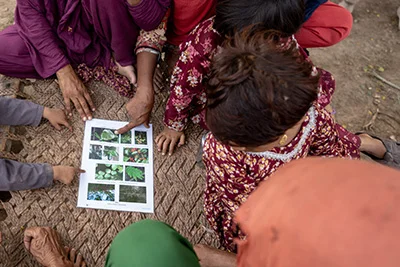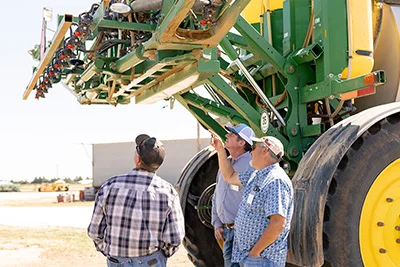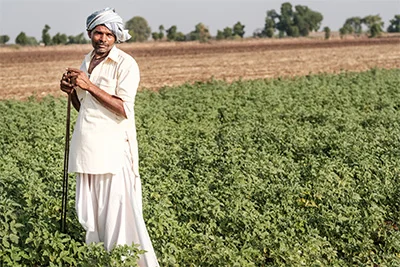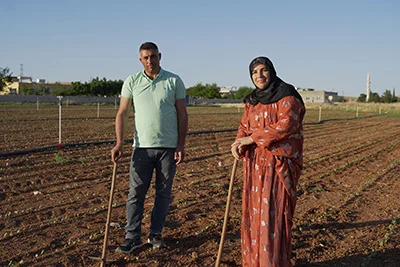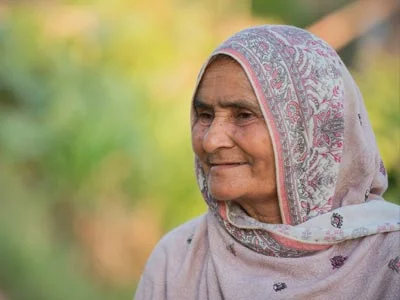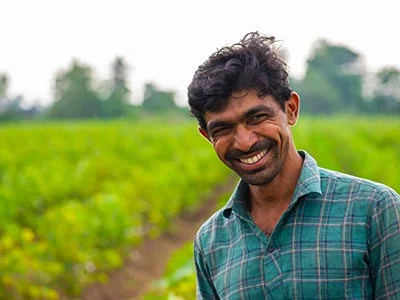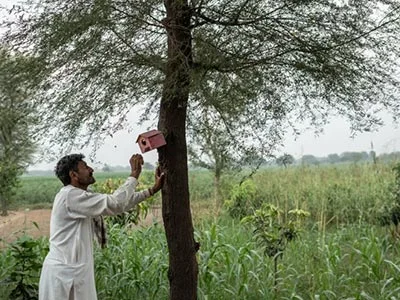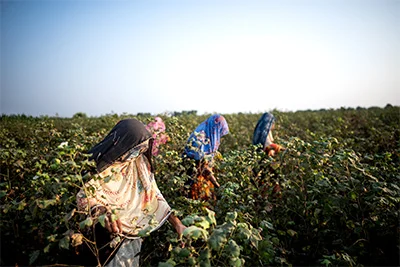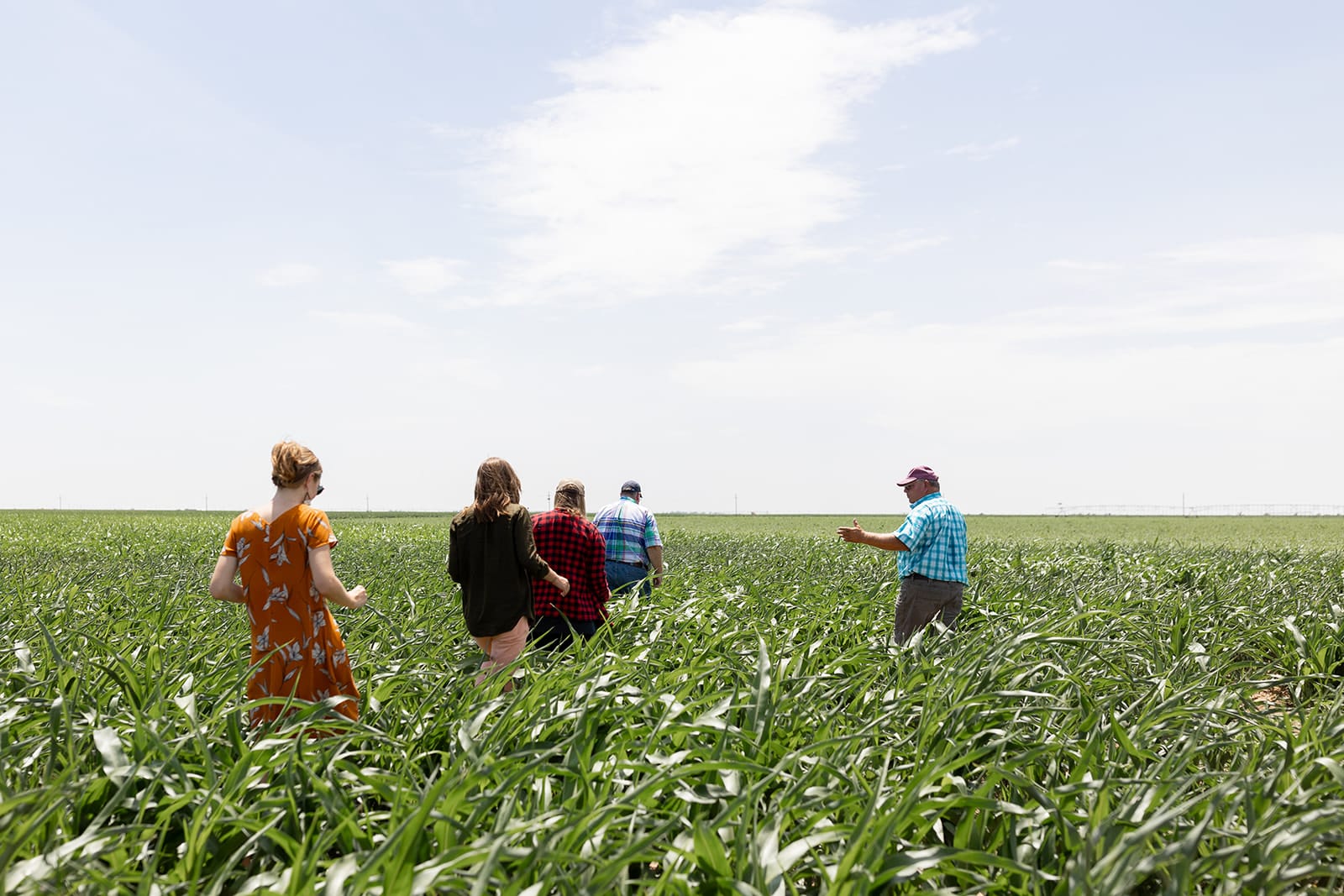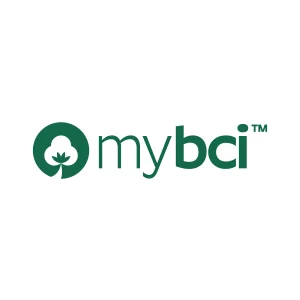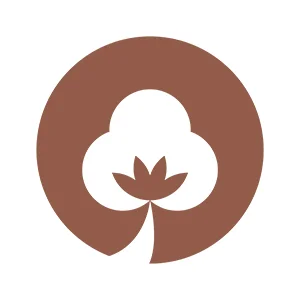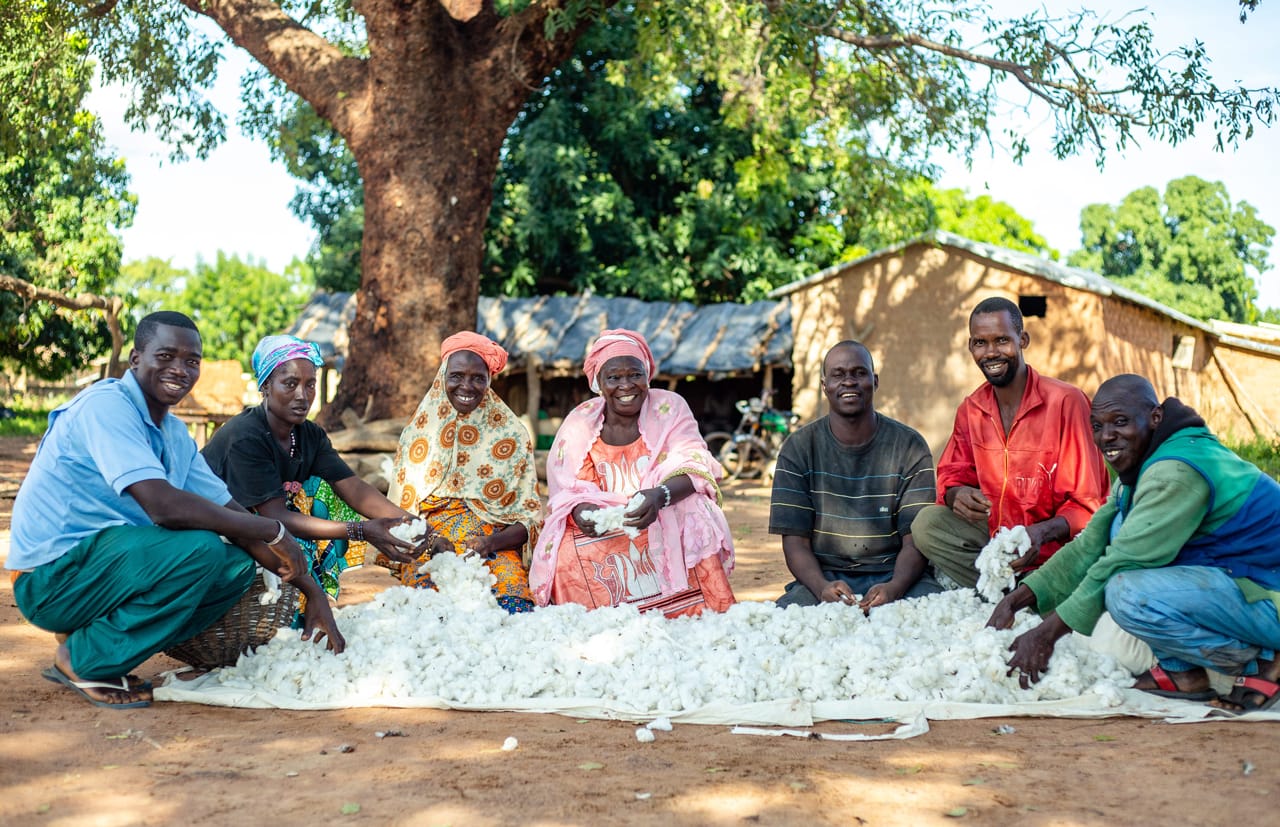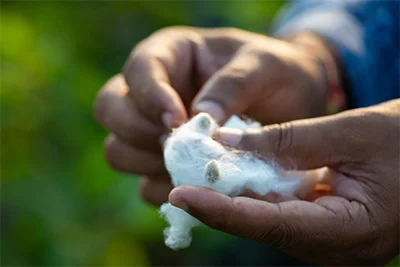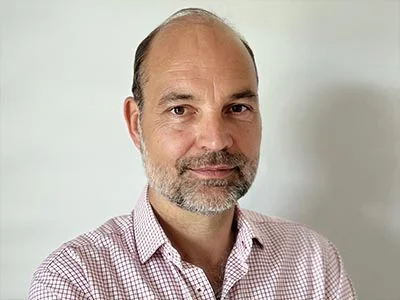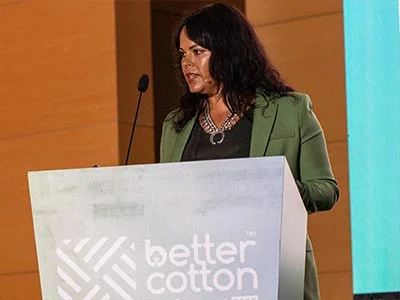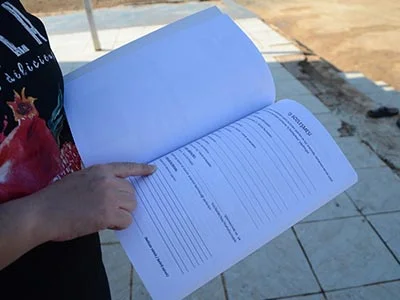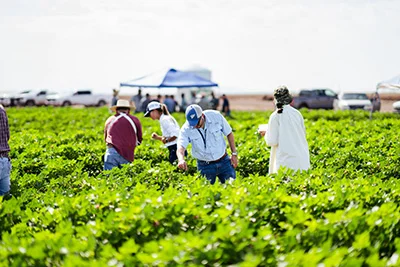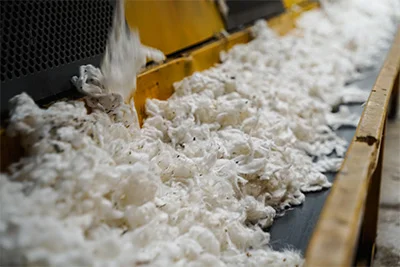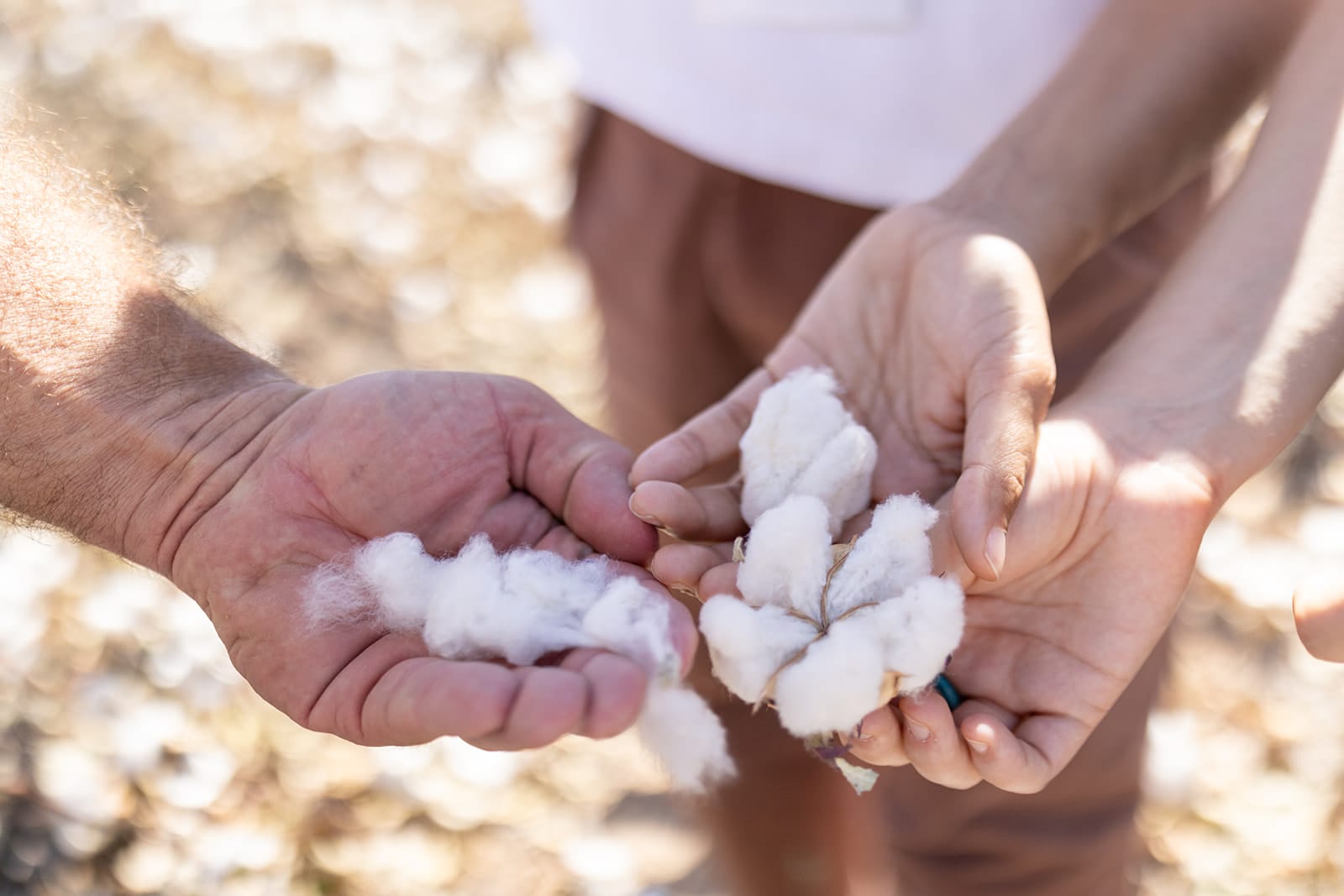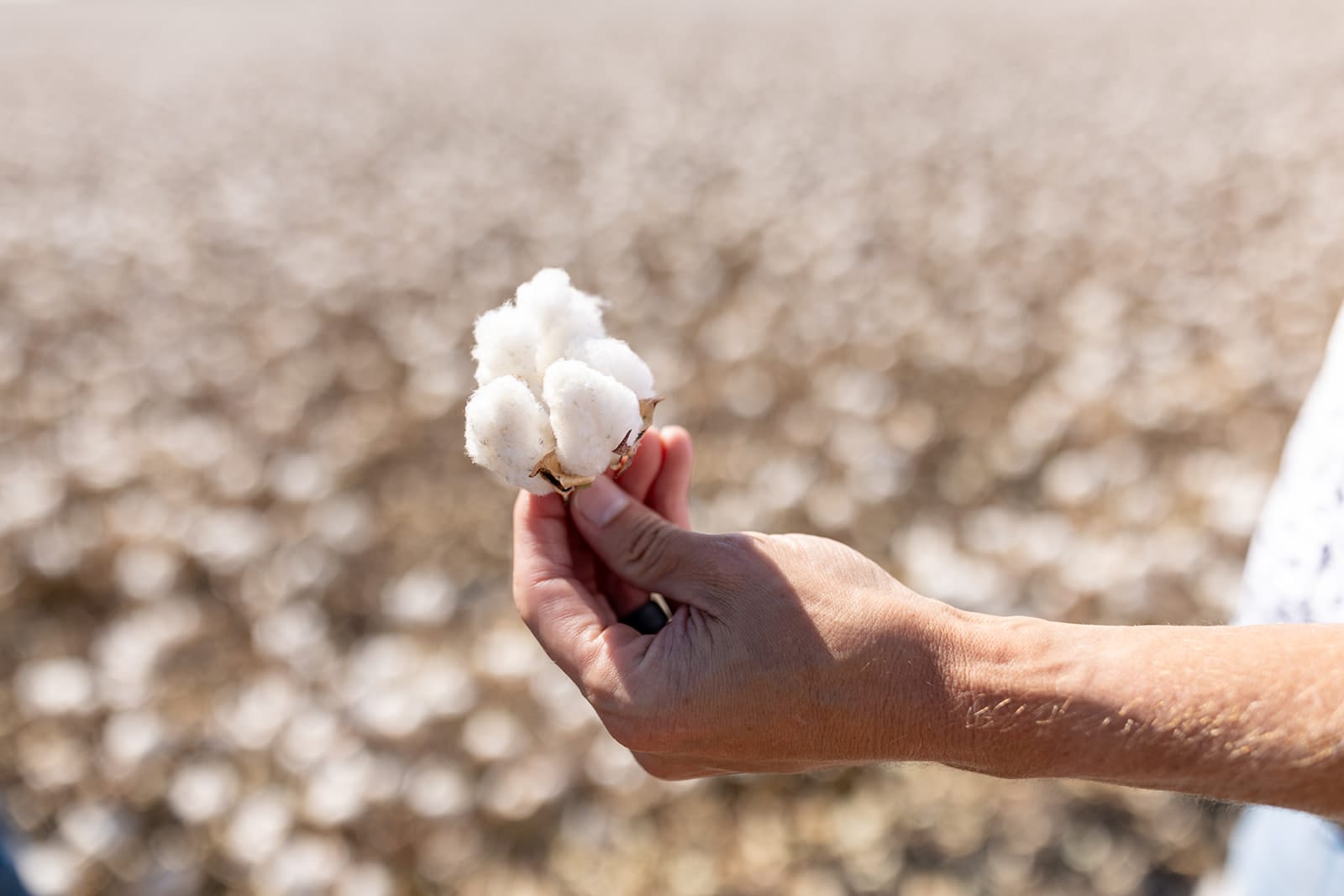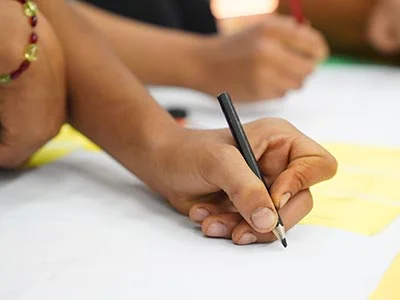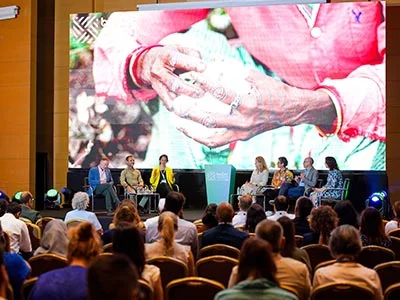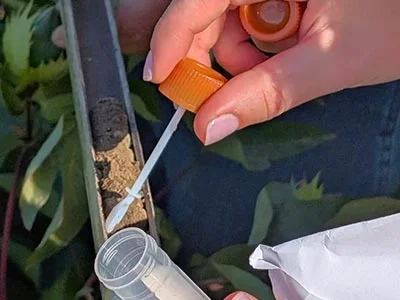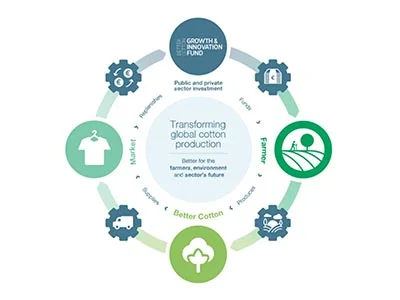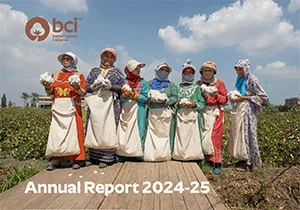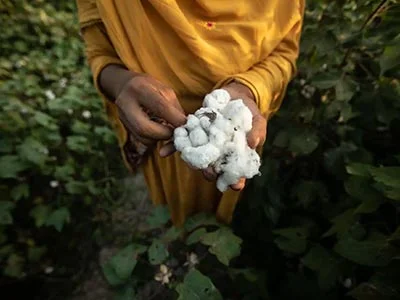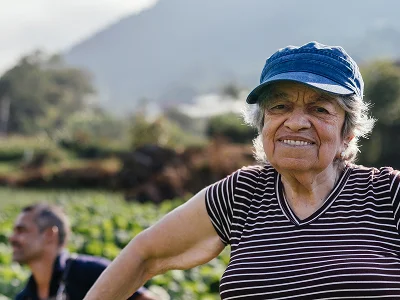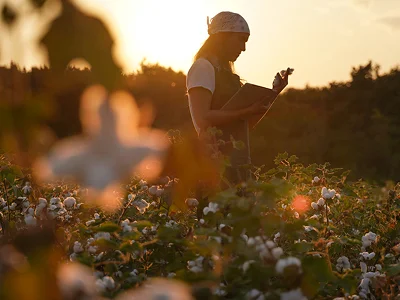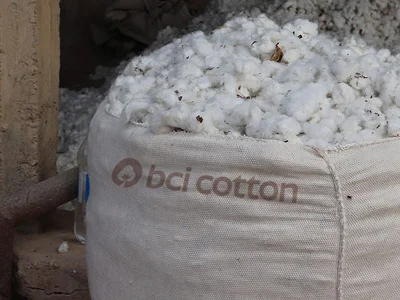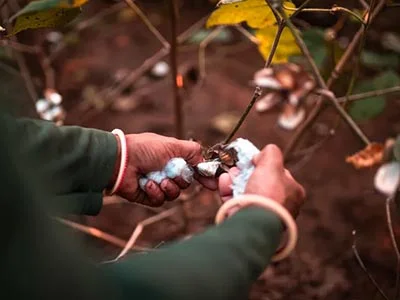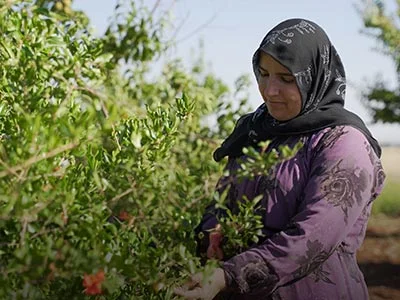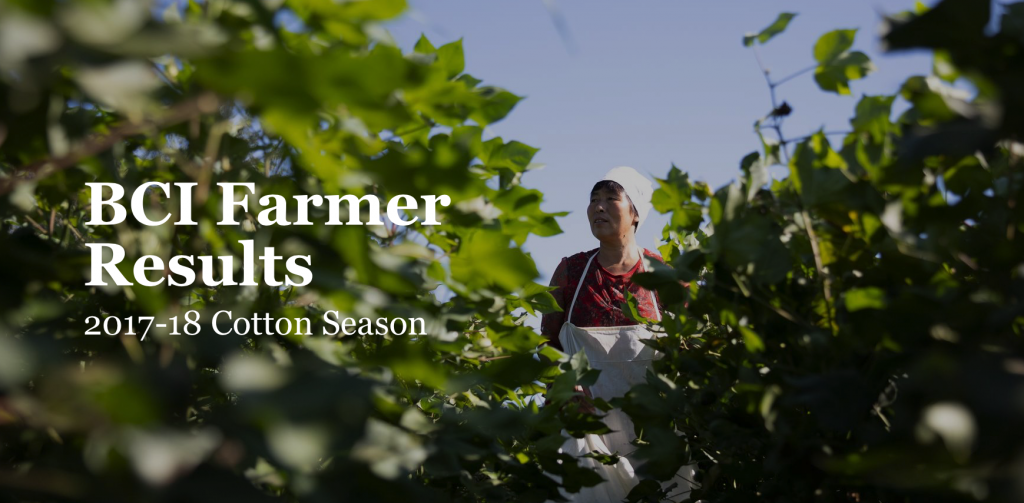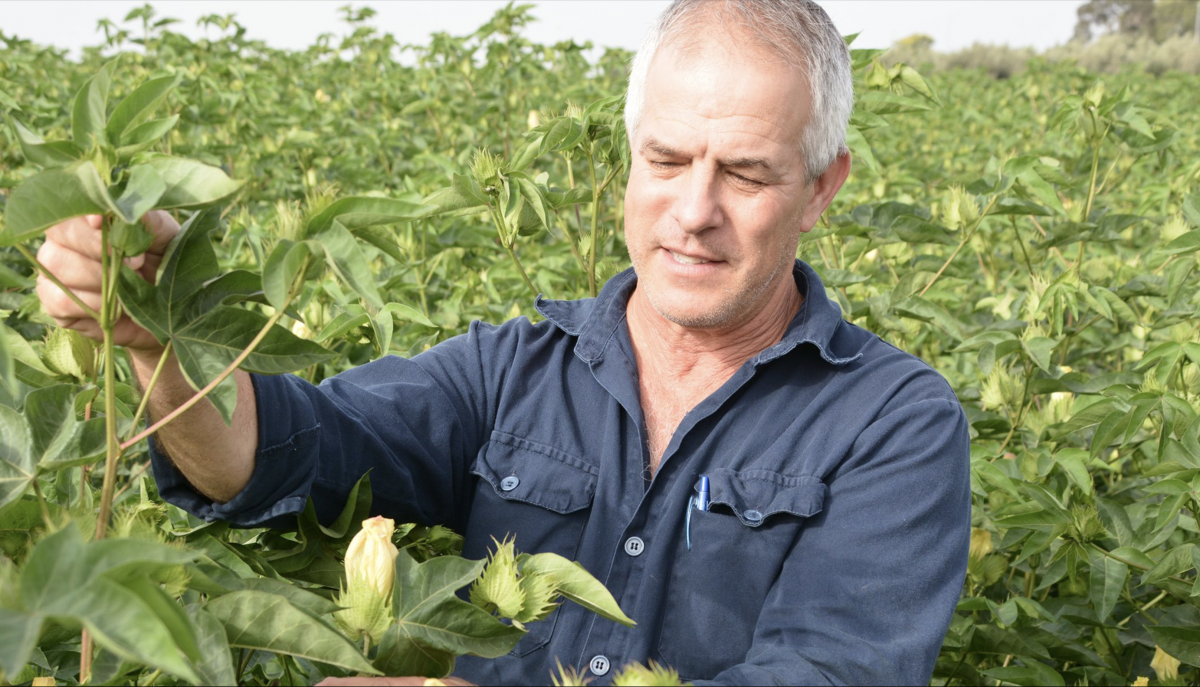In the first half of 2019, the Better Cotton Initiative (BCI) welcomed 200 new members across its membership categories. BCI works with members across the cotton supply chain to ensure there is continuous demand and supply of Better Cotton – cotton produced by licensed BCI Farmers in line with the Better Cotton Principles and Criteria.
New members in the first half of 2019 included 34 retailers and brands from 13 countries, 162 suppliers and manufacturers, two civil society organisations, and one field-level producer organisation.
The retailers and brands that joined BCI in the first half of the year include ANTA International (China), Asics Corporation (Japan), Blue Illusion (Australia), Fillippa K (Sweden), Giorgio Armani Operations (Italy), Kiabi (France),Kohl’s Department Stores (United States), MAC Mode (Germany), Melco Resorts and Entertainment (China), Mos Mosh (Denmark), O’Neill Europe (Netherlands), SOK Corporation (Finland), Voice Norge (Norway), Walmart (United States) and Whistles (United Kingdom).You can find a full list of BCI Members here.
BCI’sdemand–drivenfunding model means that retailer and brand member sourcing of cotton as “Better Cotton’ directly translates into increased investment in training for cotton farmers on more sustainable practices. At the time of writing, Better Cotton uptake by these members has already surpassed one million metric tonnes this year, exceeding 2018’s uptake.
BCI’s newest civil society members are the HCV Network (United Kingdom) and the Global Alliance for Sustainable Supply Chain (Japan). HCV Network strives to protect high conservation values in areas where the expansion of forestry and agriculture may put important forests, biodiversity and local communities at risk, while the Global Alliance for Sustainable Supply Chain is a non-governmental organisation promoting a sustainable supply chain in Japan.
Supplier and manufacturer members support the transformation of the cotton sector by joining BCI and sourcing increased volumes of Better Cotton for BCI Retailer and Brand Members – forming a critical link between Better Cotton supply and demand. In the first half of the year, new members joined from 25 countries including Brazil, Costa Rica, India, Indonesia, Italy, Pakistan, Peru, Thailand, Turkey and Vietnam.
At the end of the first half of 2019, BCI membership totalled more than 1,600 members.You can find a full list of BCI Members here.
If your organisation is interested in becoming a BCI Member and supporting cotton farmers to embed more sustainable farming practices around the globe, please visit the membership pageon the BCI website,or get in touch with the BCI Membership Team.
Read more
